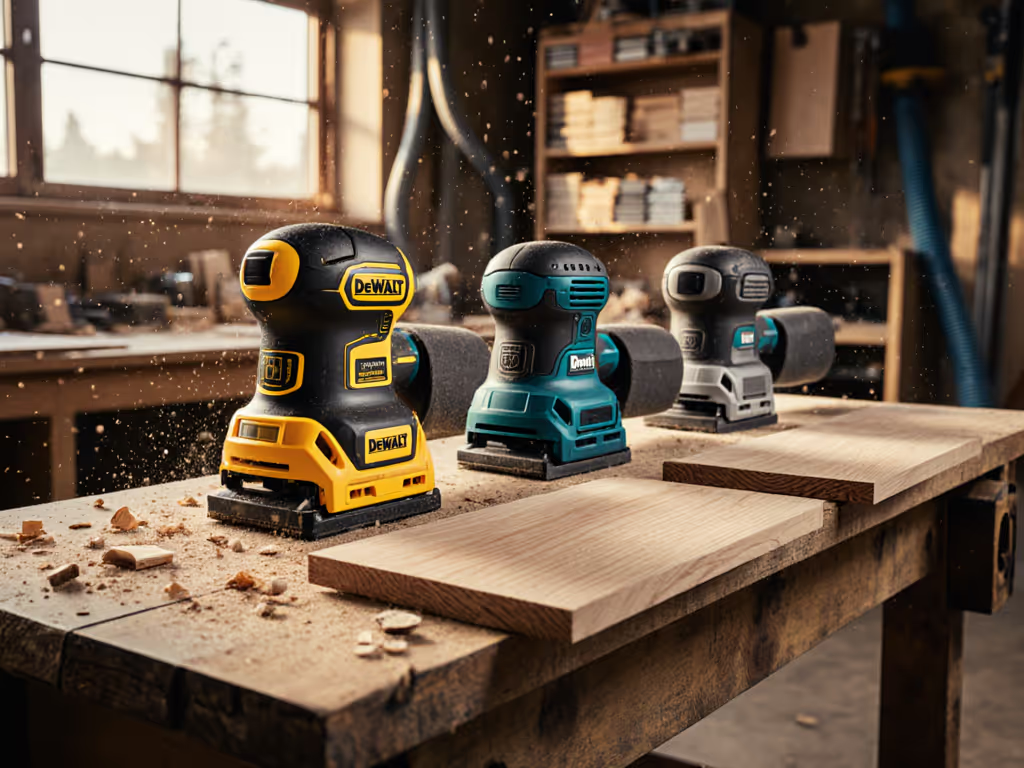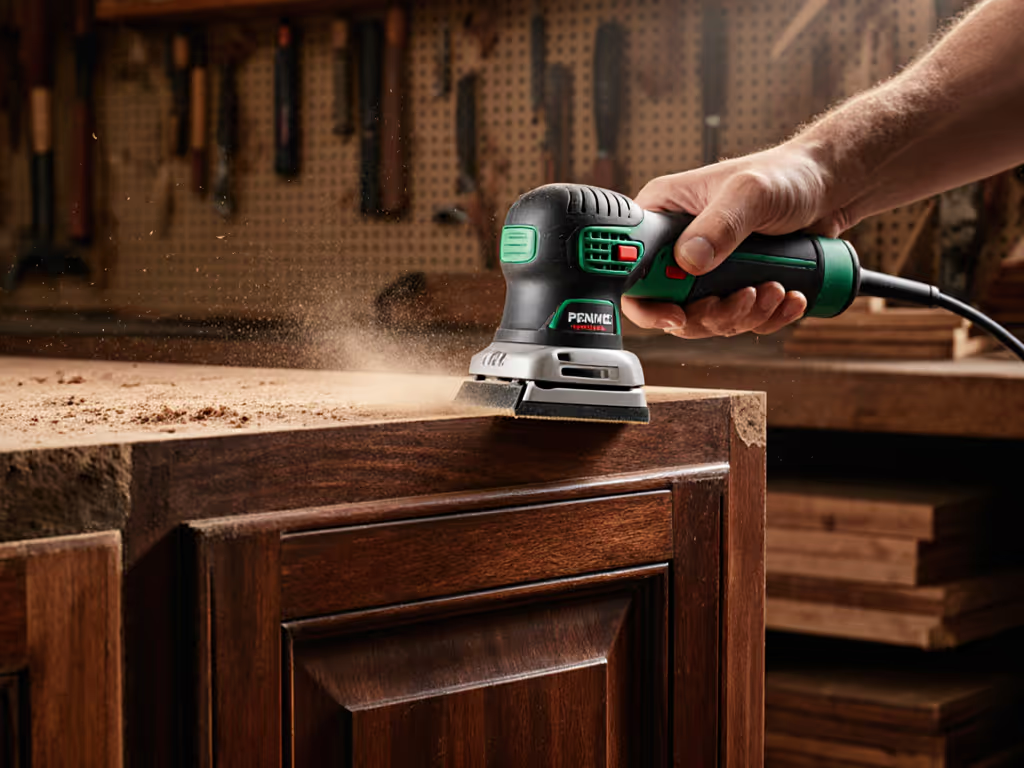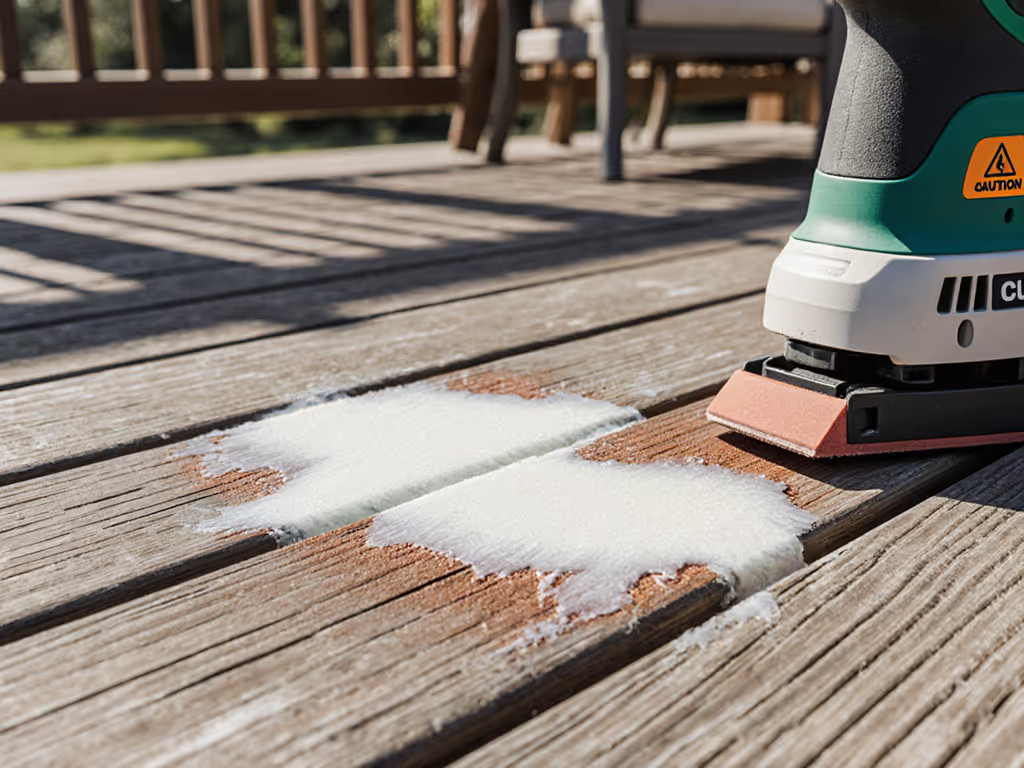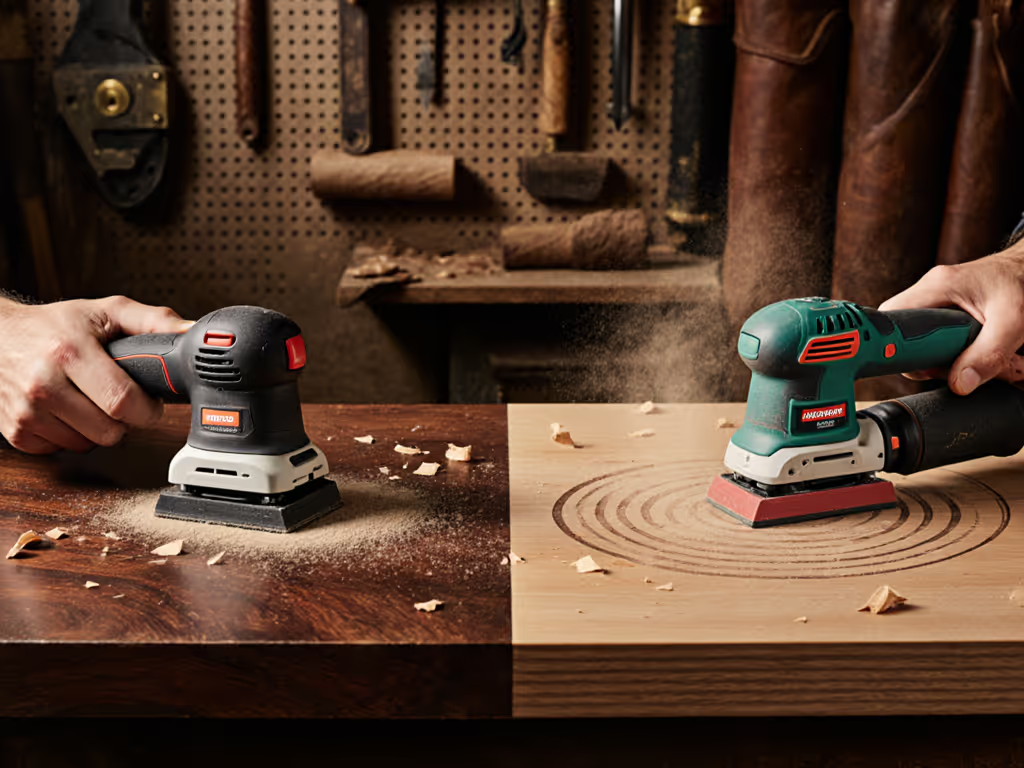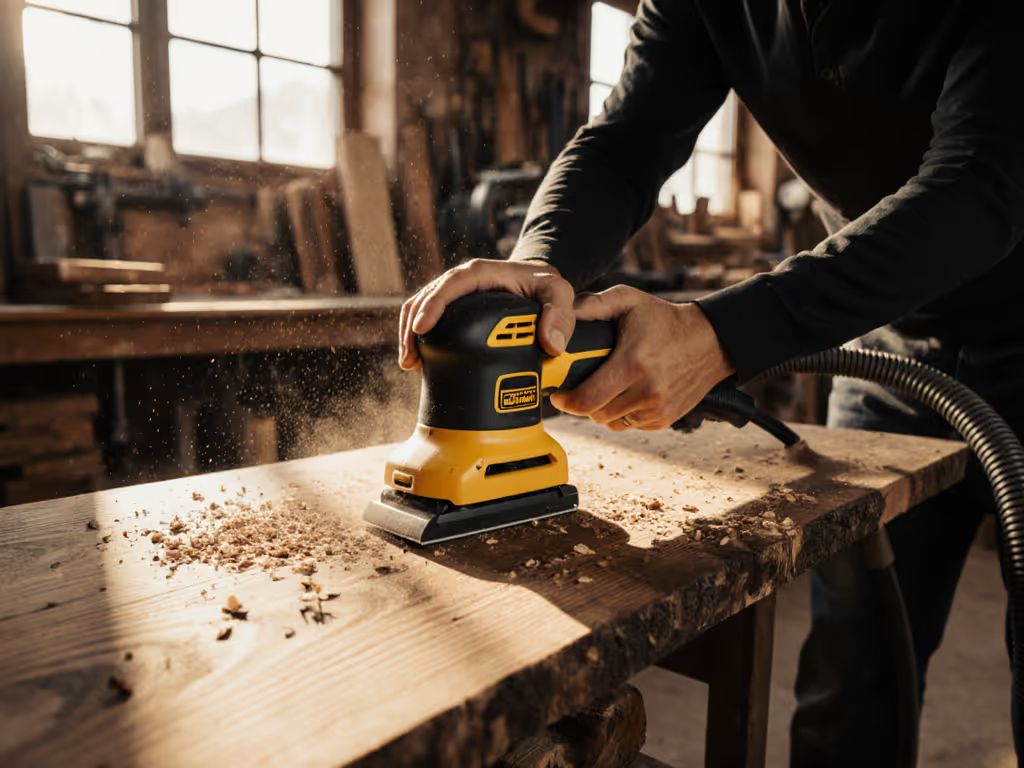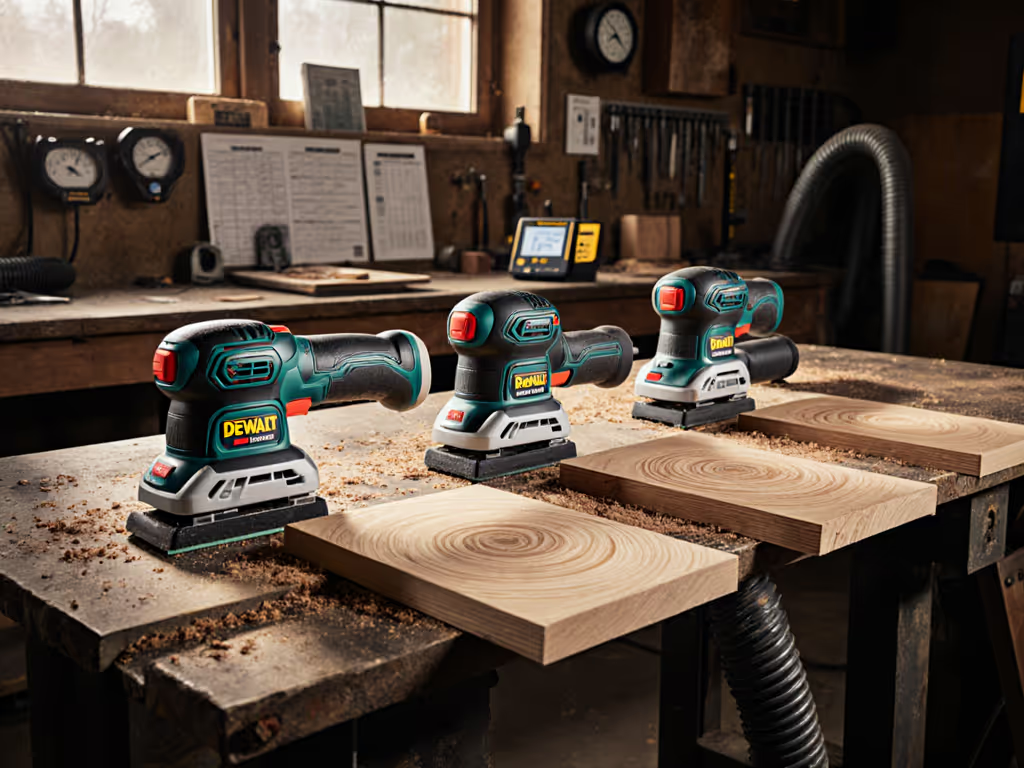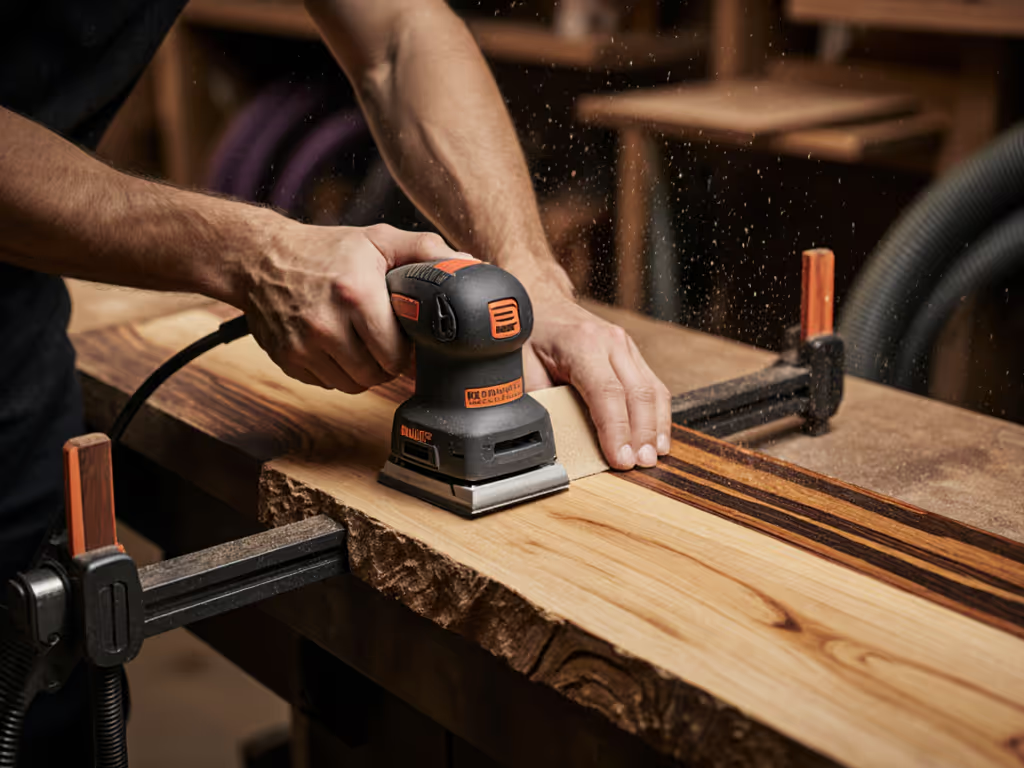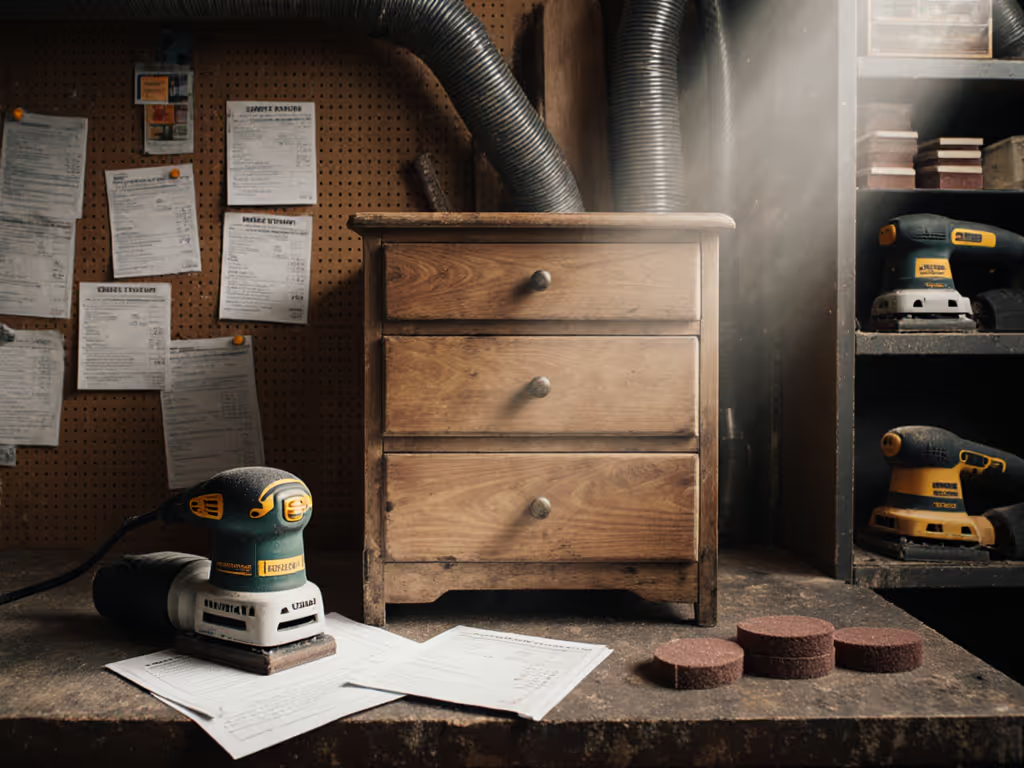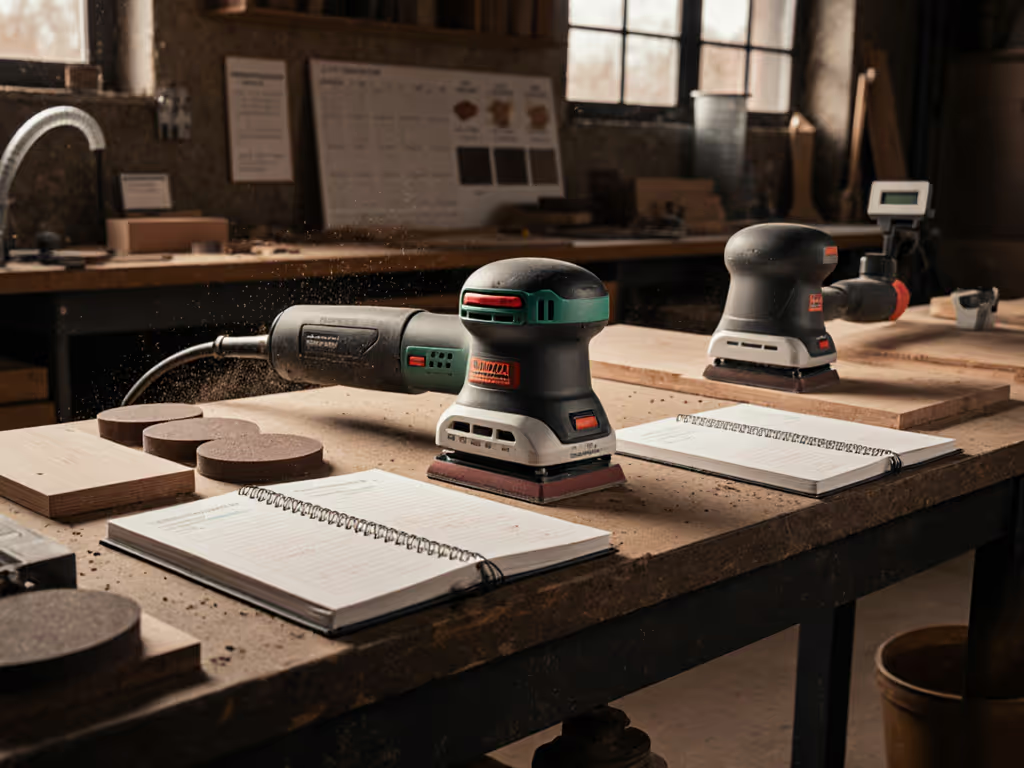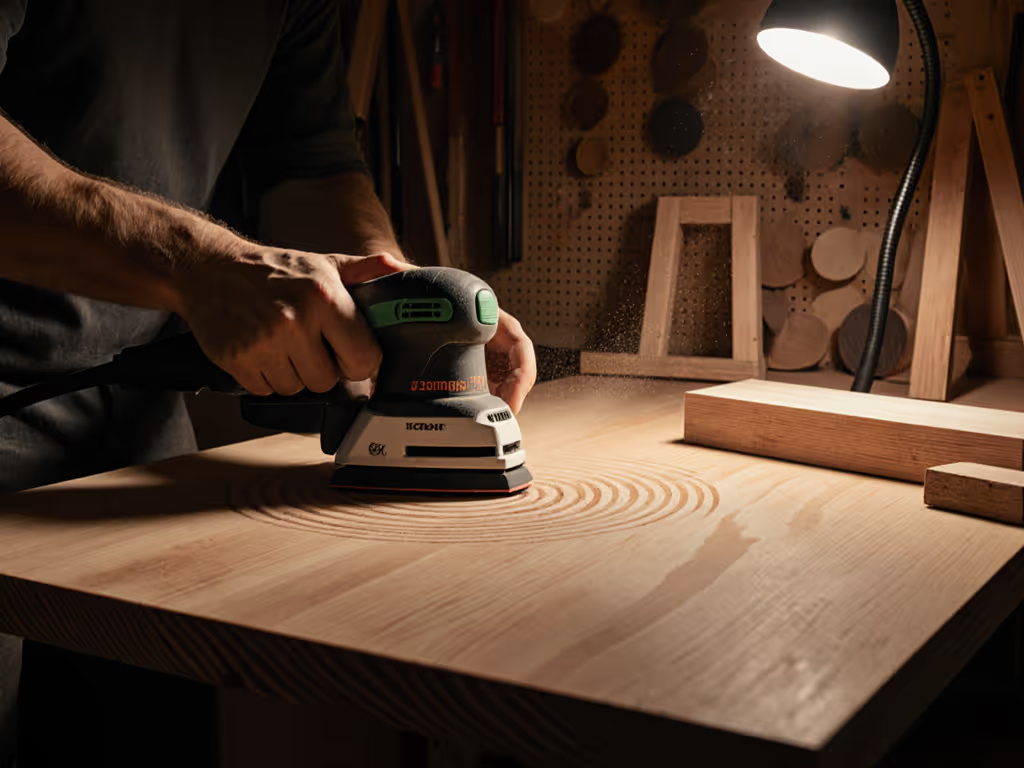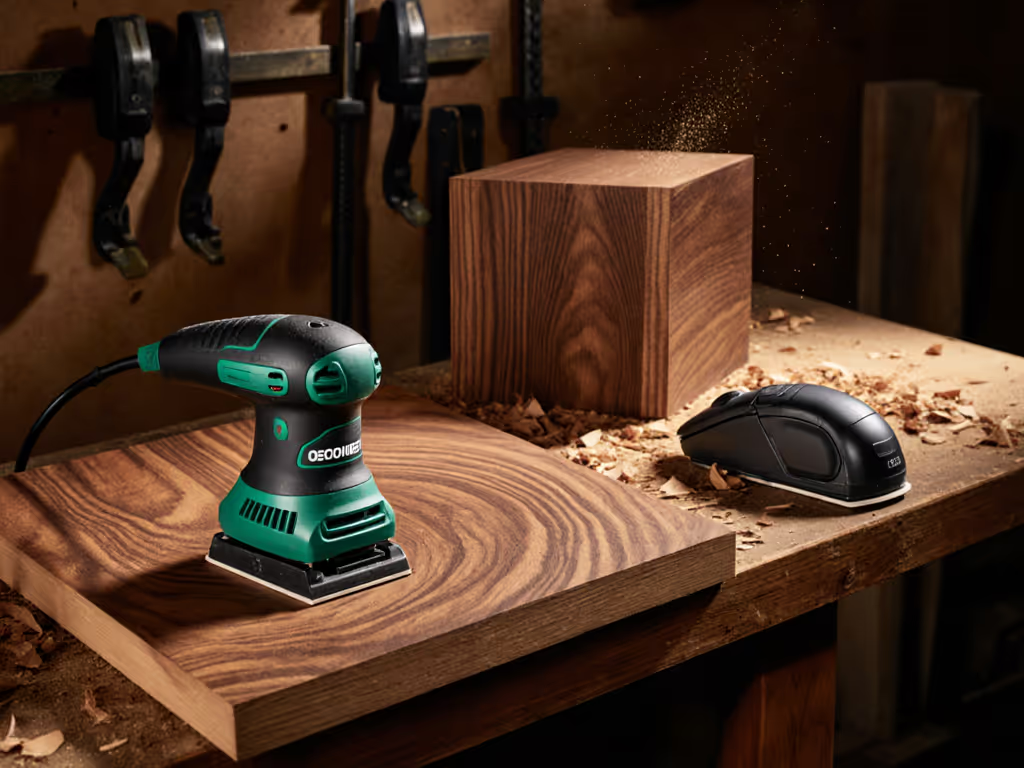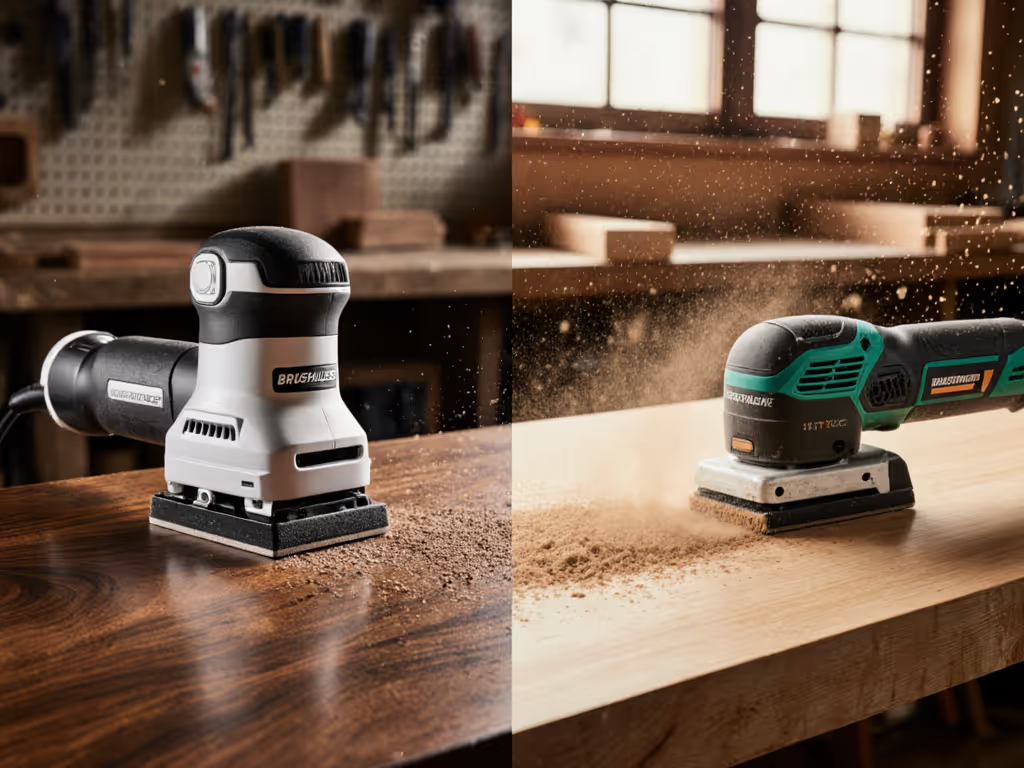
Most Popular
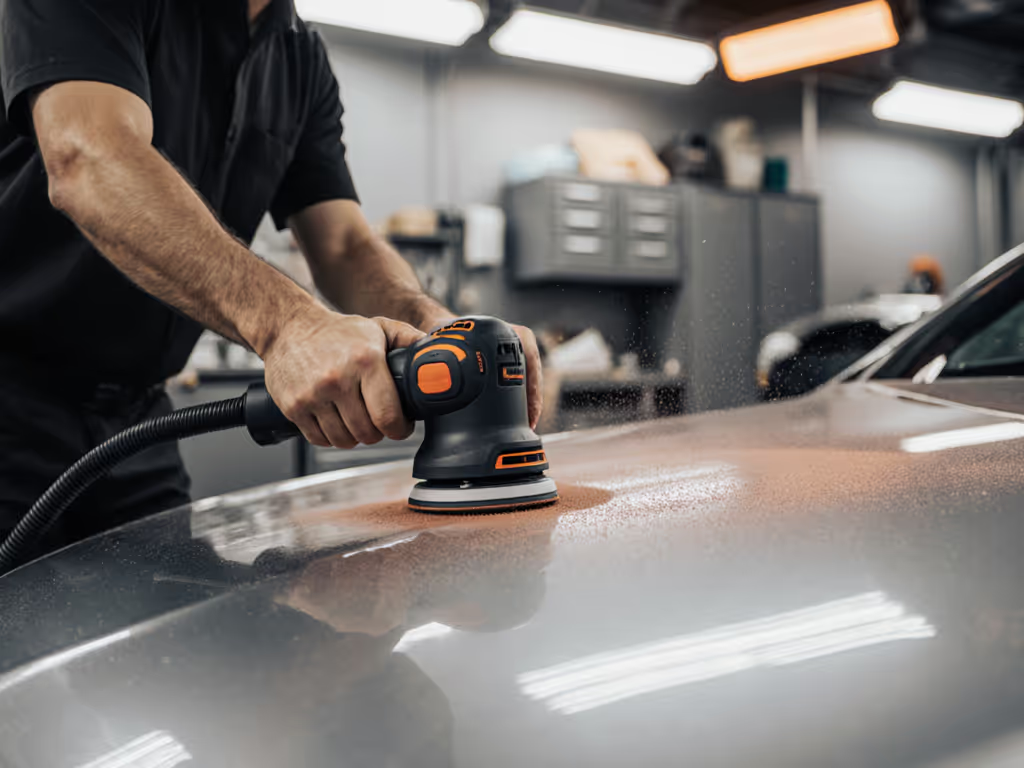
Auto Body Sanding Guide: Eliminate Swirl Marks
Eliminate swirl marks with a measurement-driven sanding process that links tool setup and dust control to finish quality. Follow clear thresholds - vibration < 2.5 m/s², 3–5 mm orbit, Ra < 0.20 μm, gloss variance < 5 - to achieve consistent first-pass results and reduce rework.
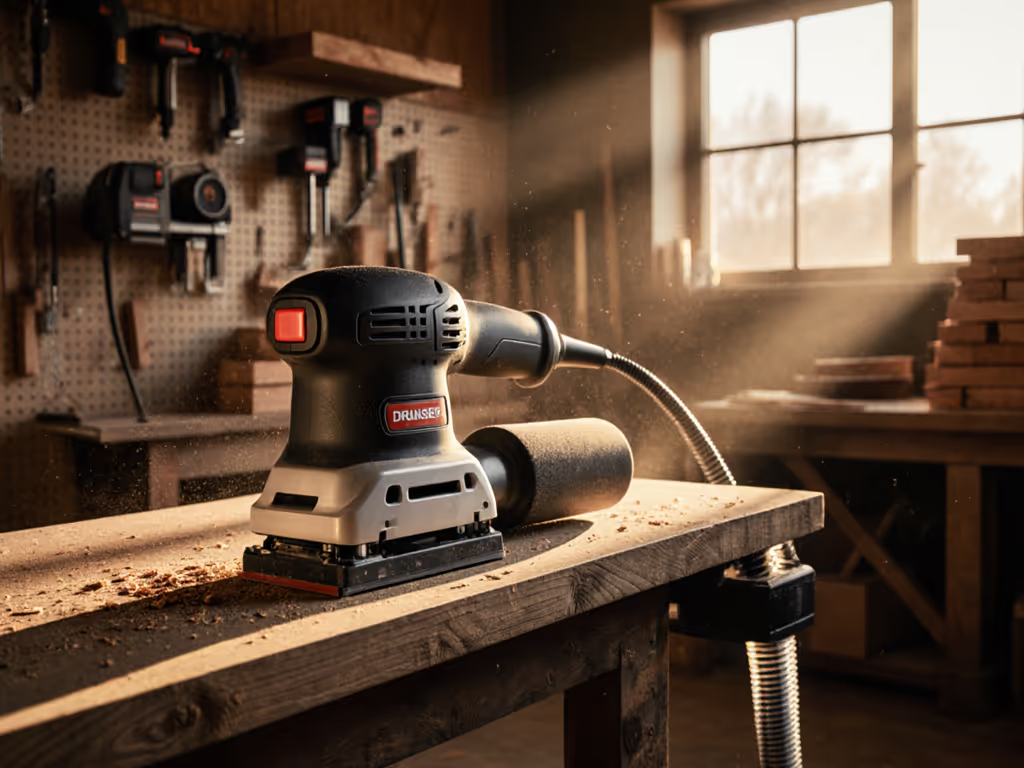
Drum Sander Sale: Trusted Retailers for Power Sanders
Choose power sanders by lifecycle ROI - rework, consumables, and downtime - not sticker price, and see why most finish pros should standardize on a quality random-orbital with matched dust extraction. Get retailer vetting criteria, ROI comparisons of top models, and a data-backed pick to lower total sanding costs.
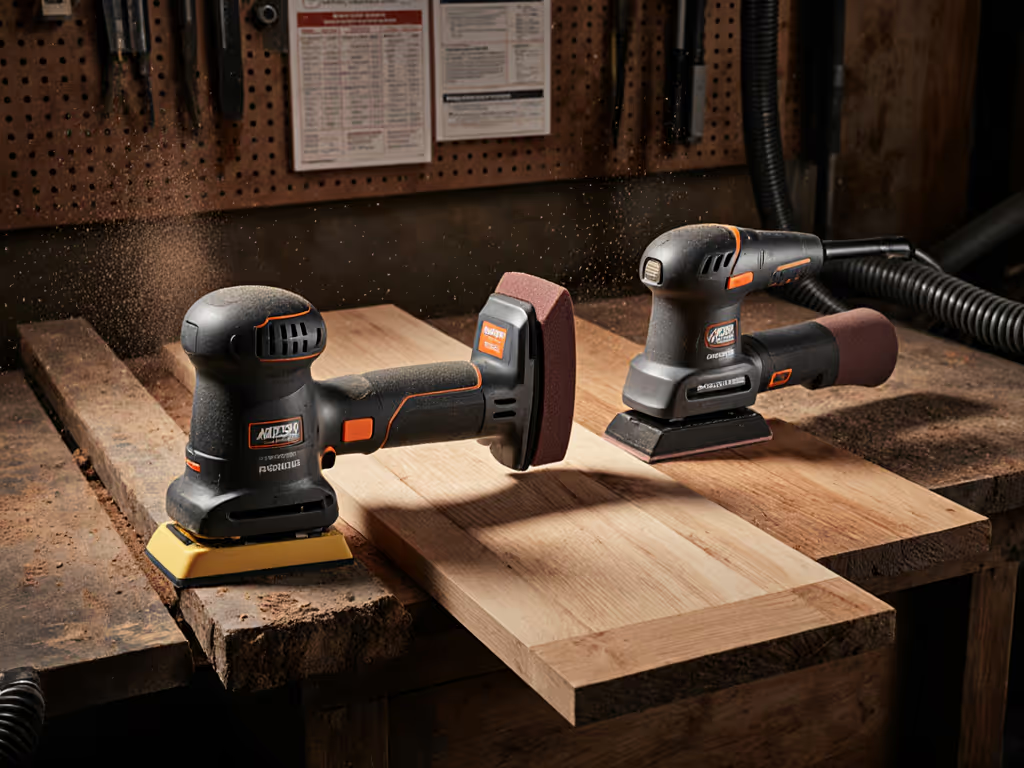
Power Sander Types: Must-Have Attachments for Flawless Finishes
Build a repeatable sanding system by pairing the right backing pads, mesh abrasives, interface foam, and extractor specs - matched to substrate and sander type - to eliminate swirls, capture dust, and standardize results. Data-backed recipes and setup metrics help crews cut rework and lower cost per m².
